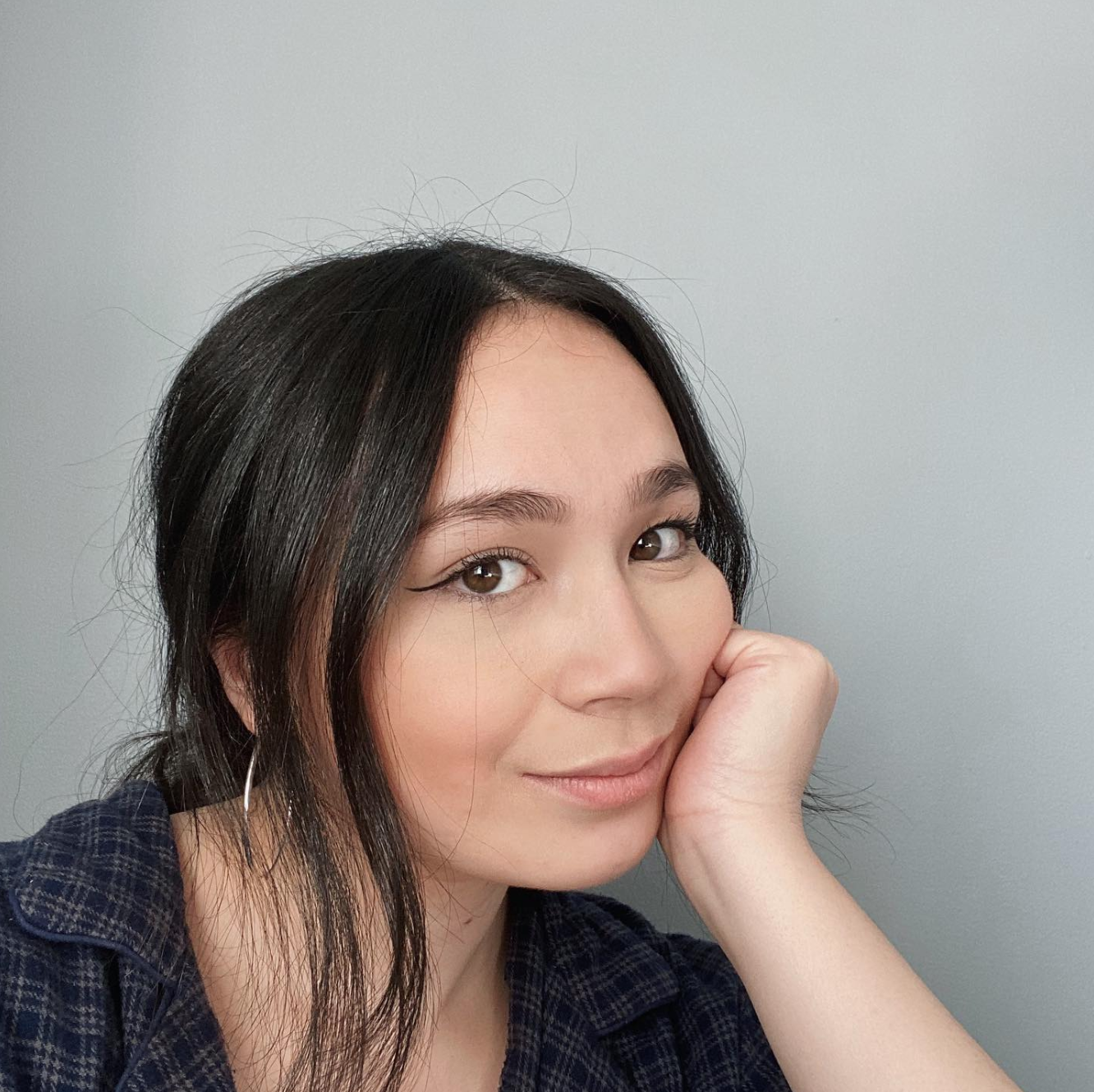3 Things I’ve Learned Being Queer and Mixed-Race
With Asian American Pacific Islander (AAPI) Heritage Month having just passed in May, and LGBTQIA+ Pride month at the forefront of celebration in June, I find this time of year particularly special for reflecting on what I’ve learned while existing in both Asian and queer spaces, as well as how I’ve navigated these two identities over time. I often struggle to understand what it means for someone like me, both biracial and bisexual, to occupy these worlds when it can feel like I barely make the cutoff for earning inclusion in these spaces. Fortunately, through community, personal reflection, and my own therapeutic journey, I’ve learned a few ways to reframe my beliefs, which, in turn have helped me to more freely embrace the constantly shifting nature of identity.
Embracing my identity through community
I used to feel like the most I deserved to exist in queer and Asian spaces was quietly and on the fringes. With the privilege I gain from a straight-passing relationship, as well as being fairly white-passing, I think there’s a healthy recognition of the safety that comes with both, and how so many others can’t hide who they are as easily when it’s not safe to do so. However, I’ve gradually discovered a variety of ways to both embrace my queerness and celebrate my Asian heritage. One way is by intentionally seeking out local LGBTQ+ events and gatherings, such as attending Queer Dance Party and Nashville Pride. A second way is by prioritizing queer and/or Asian voices in media I consume as a means for both comfort and further education. The literary works of T Kira Madden (memoir), Ocean Vuong (poetry and fiction), and Jia Tolentino (cultural criticism) are examples of AAPI writers who offer poignant and unique reflections on what it means to grow up and come of age as Asian-Americans. Similarly, watching films like Minari or Everything Everywhere All at Once fill me, not only with excitement in seeing the recognition that Asian and Asian-American artists are finally beginning to receive, but also with hope that more people are becoming interested in understanding immigrant stories.
Racial identity, like gender or sexuality, can be fluid
Depending on where I’ve been, I’ve noticed how deeply the perception of my own racial identity has fluctuated. Growing up, my family was one of the very few Filipino households in our town, which made me feel much more integral in representing my heritage. In contrast, spending time on the West Coast made me painfully aware of my shortcomings, like the fact that I never learned to speak Tagalog like my father’s family. With time, though, I've discovered confidence to carry my heritage in ways I find meaningful. My external perception of myself is constantly shifting based on new environments, but I now feel more grounded in my own identity as Filipino-American when I focus on my personal love for my family and their history as immigrants.
It’s not always about learning
In my time observing and listening to leaders in both AAPI and queer communities, I’ve realized a common sentiment shared among well-intentioned allies is that we should be proponents of marginalized communities particularly because there is so much we can learn from their hardships (a subtle nod, I think, toward tokenism). And while different cultures and queerness absolutely present alternative and fruitful ways of thriving, we also must work to create more space for those oppressed by systems of patriarchy and white supremacy. Underrepresented for too long, minorities and those traditionally relegated to the margins need to be seen and heard. There is a beauty in existing without fear, which is, unfortunately, a request that’s still deemed too radical of a right for many to have.
On the heels of AAPI Heritage Month and in the middle of PRIDE, let’s continue to find ways to help all people embrace their identities, accept that their identities can be fluid, and ensure they can live without fear.

